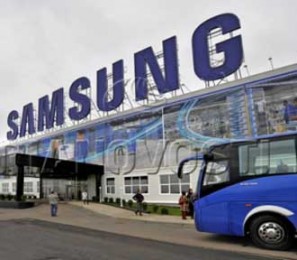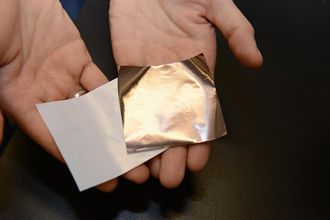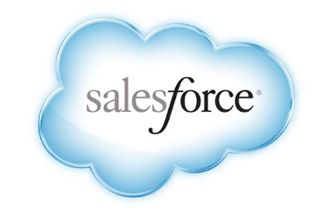 Samsung is developing 60GHz Wi-Fi technology that it says can manage data transmission speeds of up to 4.6Gbps, or 575MB per second.
Samsung is developing 60GHz Wi-Fi technology that it says can manage data transmission speeds of up to 4.6Gbps, or 575MB per second.
This is a five-fold increase from 866Mbps, or 108MB per second which is the maximum speed possible with existing consumer electronics devices.
If it does what it says on the tin, it would take a 1GB movie less than three seconds to transfer between devices, while uncompressed high definition videos can easily be streamed from mobile devices to TVs in real-time without any delay.
Kim Chang Yong, Head of DMC R&D Center of Samsung Electronics said that Samsung has successfully overcome the barriers to the commercialization of 60GHz millimeter-wave band Wi-Fi technology, and will commercialise the technology.
“New and innovative changes await Samsung’s next-generation devices, while new possibilities have been opened up for the future development of Wi-Fi technology, ” Kim said.
Samsung’s 802.11ad standard 60GHz Wi-Fi technology maintains maximum speed by eliminating co-channel interference, regardless of the number of devices using the same network.
In other words, it closes the gap between theoretical and actual speeds, and exhibits actual speed that is more than 10 times faster than that of 2.4GHz and 5GHz Wi-Fi technologies.
Commercially adopting 60GHz Wi-Fi technology has been difficult because it uses millimeter waves that travel by line-of-sight which have weak penetration properties.
Using millimeter-wave circuit design, high performance modem technologies and by developing wide-coverage beam-forming antenna, Samsung was able to successfully achieve the highest quality, commercially viable 60GHz Wi-Fi technology, Kim said.
Samsung also improved the overall signal quality by developing a micro beam-forming control technology that optimises the communications module in less than 1/3,000 seconds, if the environment changes. The company also developed the world’s first method that allows multiple devices to connect simultaneously to a network.
60GHz is an unlicensed band spectrum across the world, and commercialisation is expected as early as next year. Samsung plans to apply this new technology to a wide range of products, including audio visual and medical devices, as well as telecommunications equipment. The technology will also be useful for the Samsung Smart Home and other Internet of Things projects.
 Giant semiconductor manufacturer TSMC will churn out the microprocessors for Apple’s next iPad.
Giant semiconductor manufacturer TSMC will churn out the microprocessors for Apple’s next iPad.


















